The 141-A has had more discussion lately, and someone asked my about a version I built awhile back, which I've never posted. This isn't so much a new design, as a mash-up and tweak necessitated by need. About 10 years ago I had some SA-70A's that were missing output transformers, and made good test beds.
Here's my only drawing, as evidence. Looks like I documented 60 dB max gain. Note the question mark next to the 8K2 output cathode resistor. I think that's what I used, but I can't be sure. The 250 pfd in the feedback path was arrived at by crude measurement and by ear, to compensate for high losses in the input transformer. Same story on the 0.068 in the feedback path, for lows. Those will be different values for a different input, and maybe not even needed. I liked this approach more than I did my 141-A clone, mainly because the sound did not change drastically with gain setting, as it does in the 141-A. These went to a new home around 2003, and I have not revisited this approach since.
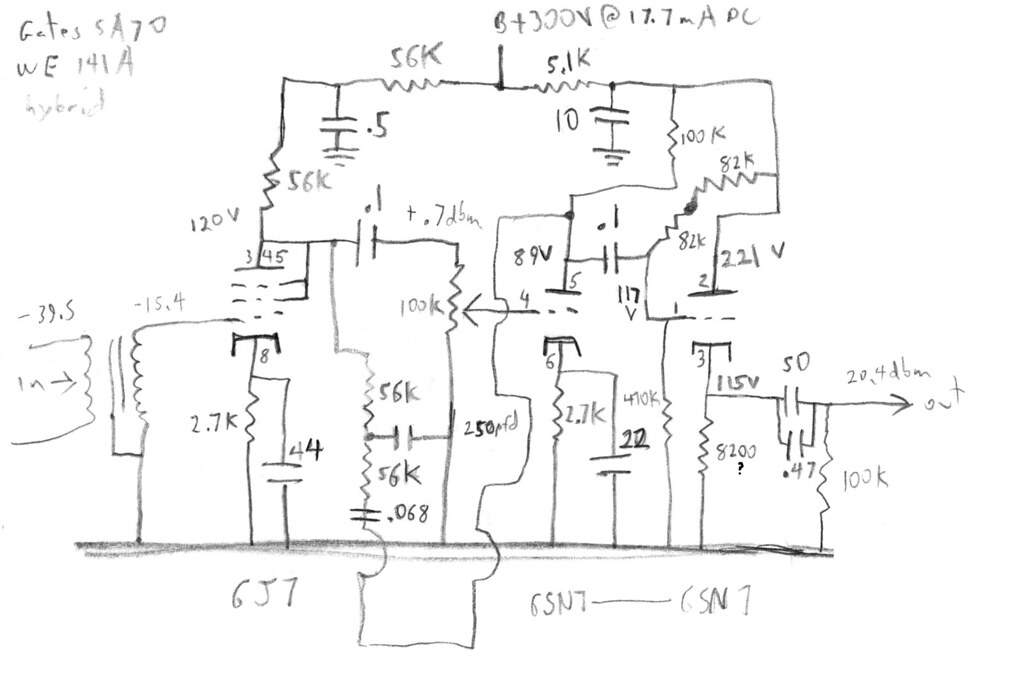
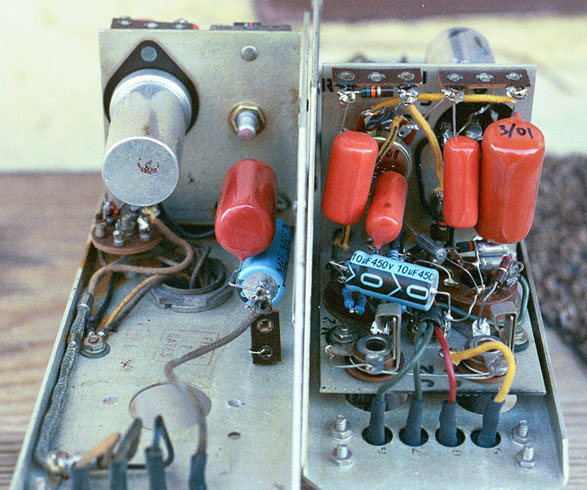
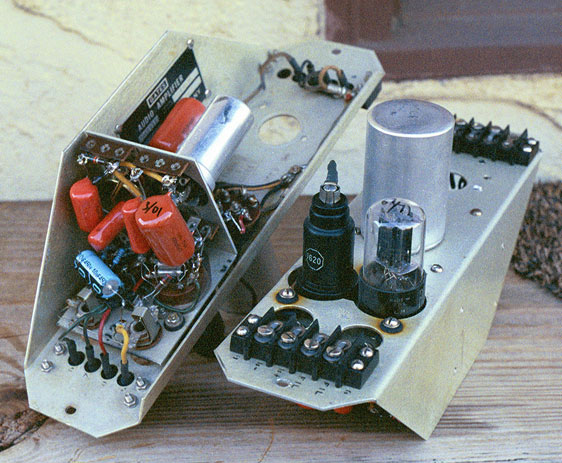
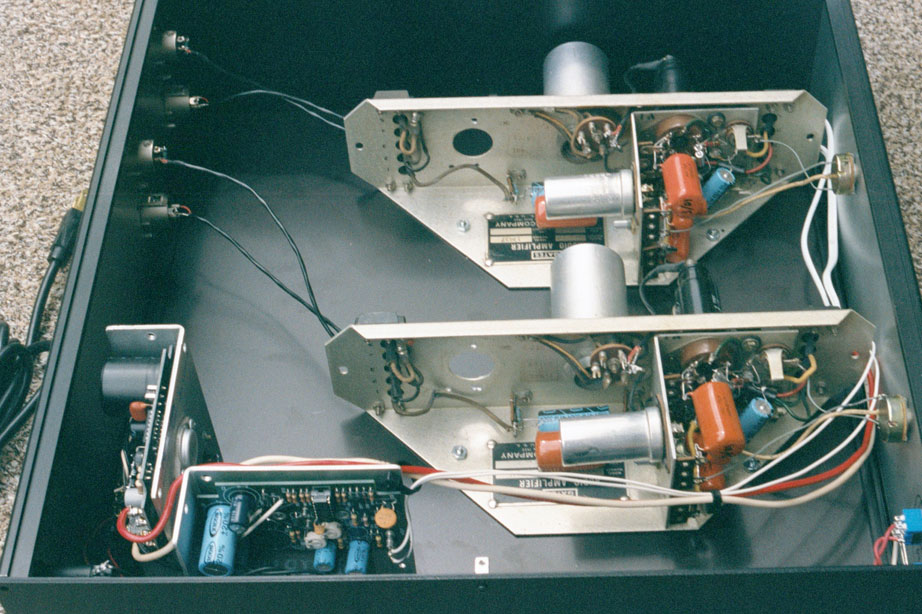
For comparison:
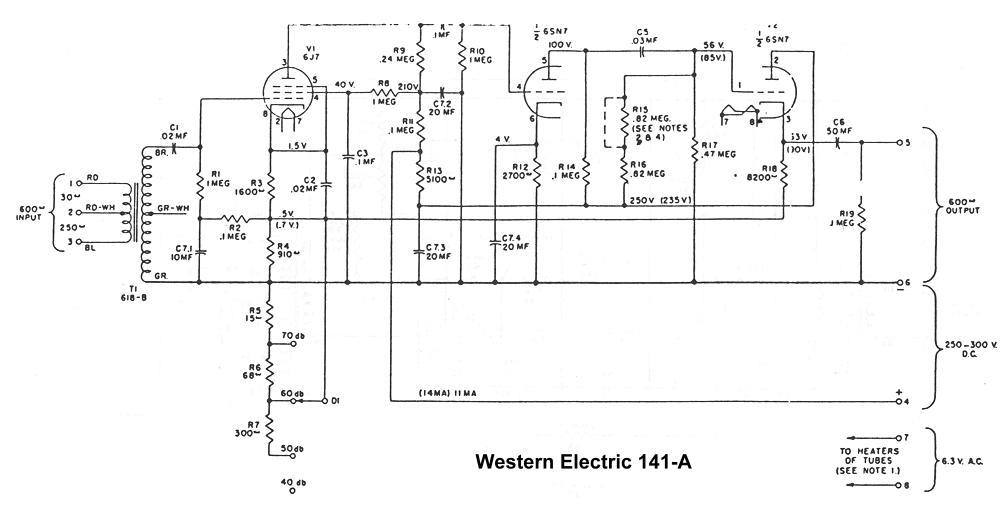
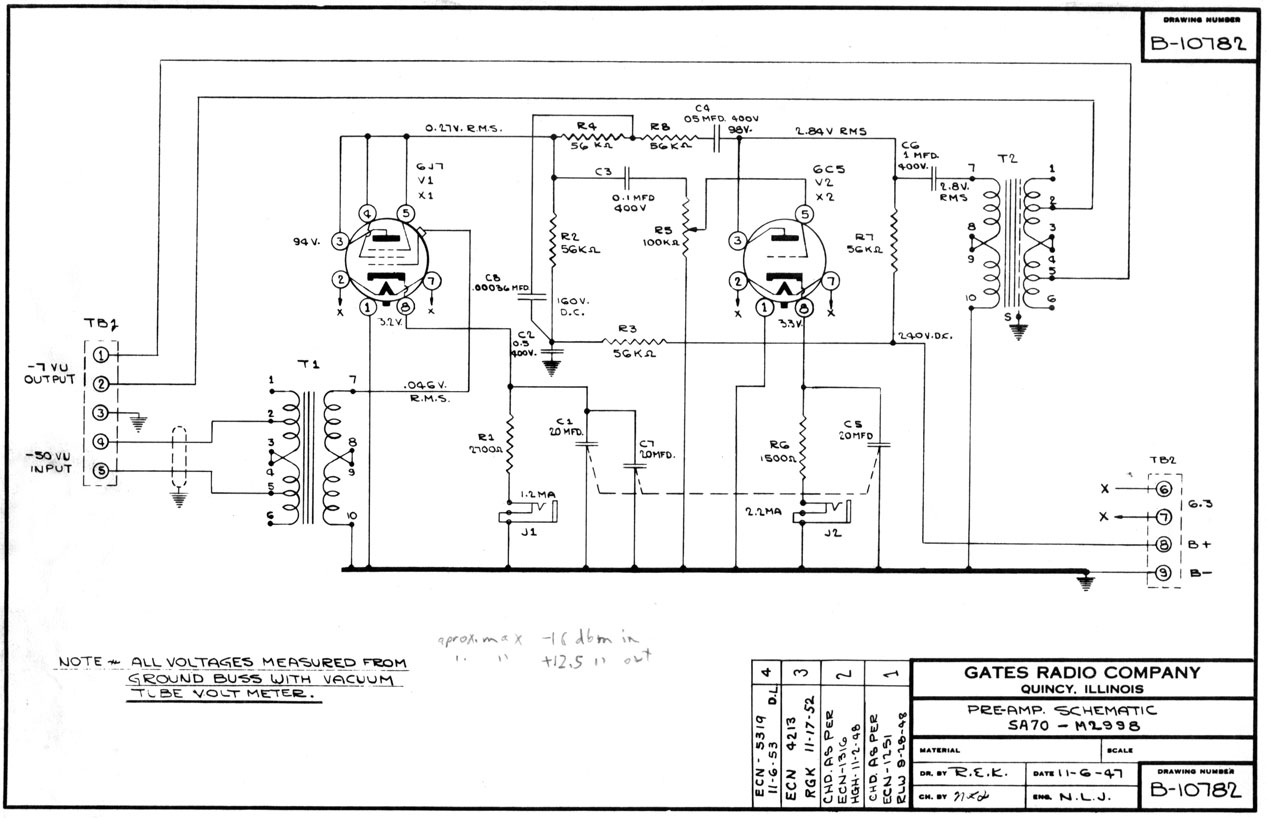
here for Western Electric 141-A thread
here for Gates SA-70
Here's my only drawing, as evidence. Looks like I documented 60 dB max gain. Note the question mark next to the 8K2 output cathode resistor. I think that's what I used, but I can't be sure. The 250 pfd in the feedback path was arrived at by crude measurement and by ear, to compensate for high losses in the input transformer. Same story on the 0.068 in the feedback path, for lows. Those will be different values for a different input, and maybe not even needed. I liked this approach more than I did my 141-A clone, mainly because the sound did not change drastically with gain setting, as it does in the 141-A. These went to a new home around 2003, and I have not revisited this approach since.




For comparison:


here for Western Electric 141-A thread
here for Gates SA-70


































